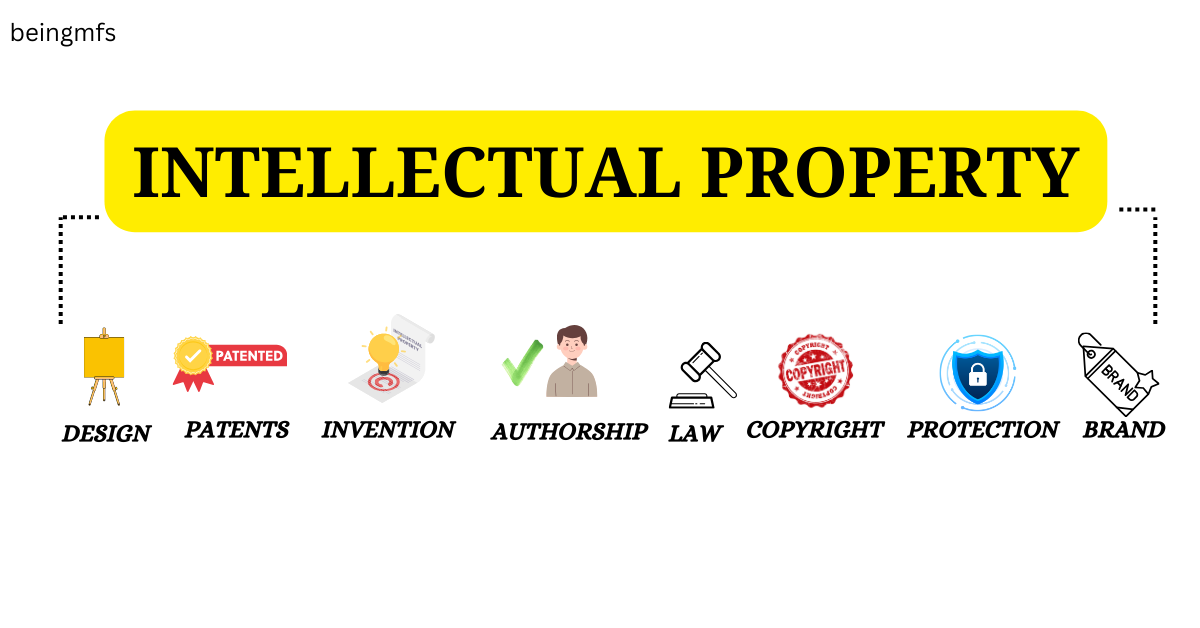Intellectual property (IP) stands as a cornerstone in the realm of modern business and innovation. In a world where ideas and creativity drive progress, safeguarding these intangible assets becomes critical. This article explores the nuances of intellectual property, covering trademarks, patents, copyrights, and trade secrets, shedding light on the challenges and complexities associated with protecting intellectual creations.
Trademarks act as unique identifiers for businesses, aiding in distinguishing products or services. Registering a trademark provides legal protection, preventing confusion among consumers. While offering advantages, trademarks have limitations, and understanding the registration process is crucial.
Patents grant exclusive rights for inventions, allowing inventors control over their creations for a specified period. The patent application process involves disclosing invention details for protection. This section explores types of patents and delves into securing patent rights intricacies.
Copyrights safeguard original works, including literary, artistic, and musical creations. Registering a copyright brings additional benefits. This section explains copyright holders’ rights, the registration process, and the duration of copyright protection.
Trade secrets encompass confidential business information providing a competitive edge. Protecting trade secrets involves security measures and legal strategies. This section explores the definition of trade secrets, protection methods, and legal recourse for violations.
Operating on a global scale, businesses face complex challenges in protecting intellectual property. Emerging technologies and rapid information exchange pose difficulties in maintaining IP rights. This section examines global implications and challenges in the ever-evolving landscape of intellectual property protection.
IP plays a pivotal role in fostering innovation by incentivizing creators to develop new ideas. This section discusses the symbiotic relationship between intellectual property and innovation, emphasizing how IP protection encourages creativity and technological advancements.

Highlighting real-world examples of intellectual property infringement cases sheds light on the legal consequences for violators. This section explores notable cases, emphasizing the importance of robust IP protection and repercussions for infringers.
In the digital age, intellectual property faces new challenges, especially in online content. This section delves into issues like online piracy, unauthorized use of digital content, and the impact of technology on IP protection strategies.
As businesses expand globally, navigating international IP laws becomes crucial. This section provides an overview of international treaties and agreements designed to harmonize IP protection, addressing challenges associated with cross-border IP enforcement.
Balancing IP protection and public access is delicate. This section explores concepts like the public domain and fair use, emphasizing the importance of maintaining a balance fostering innovation while respecting public interests.
The future of intellectual property is shaped by emerging issues and evolving technologies. This section discusses potential changes in IP laws, the impact of artificial intelligence on IP, and trends influencing the IP landscape in the coming years.
In conclusion, intellectual property is pivotal for innovation and creativity. Safeguarding ideas through trademarks, patents, copyrights, and trade secrets ensures a thriving ecosystem. As we navigate IP complexities, responsible innovation becomes paramount for a sustainable future.
- Difference between a Trademark and a Patent?
- Trademarks identify goods or services, while patents protect inventions.
- How Long Does Copyright Protection Last?
- A writer’s lifetime plus an extra 70 years is usually the duration of copyright protection. Can Trade Secrets be Patented?
- No, trade secrets are not patented. They are protected through confidentiality measures and legal recourse.
- Common Challenges in Enforcing IP Rights Internationally?
- Challenges include differing legal systems, cultural nuances, and varying levels of IP protection across countries.
- How Can Companies and Peoples Secure Their Intellectual Property?
- Protection involves registration, implementing security measures, and staying informed about changes in IP laws.
beingmfs is your blog which brings the most valuable content for you.

Blogger | SEO Expert | Social Media Marketer
👩💻 Hi there! I’m Farhan Ansari, a passionate blogger on a mission to share my thoughts and insights with the world. 🌍✨
📚 I’m a lifelong learner, constantly exploring new ideas and experiences. Join me as I dive into various topics, from tech trends and travel adventures to personal development and beyond.
🤝 Let’s connect, learn, and grow together. Don’t hesitate to drop a comment or reach out—I love engaging with my readers!
🌟 Thanks for stopping by, and welcome to my blog journey. 📝💕